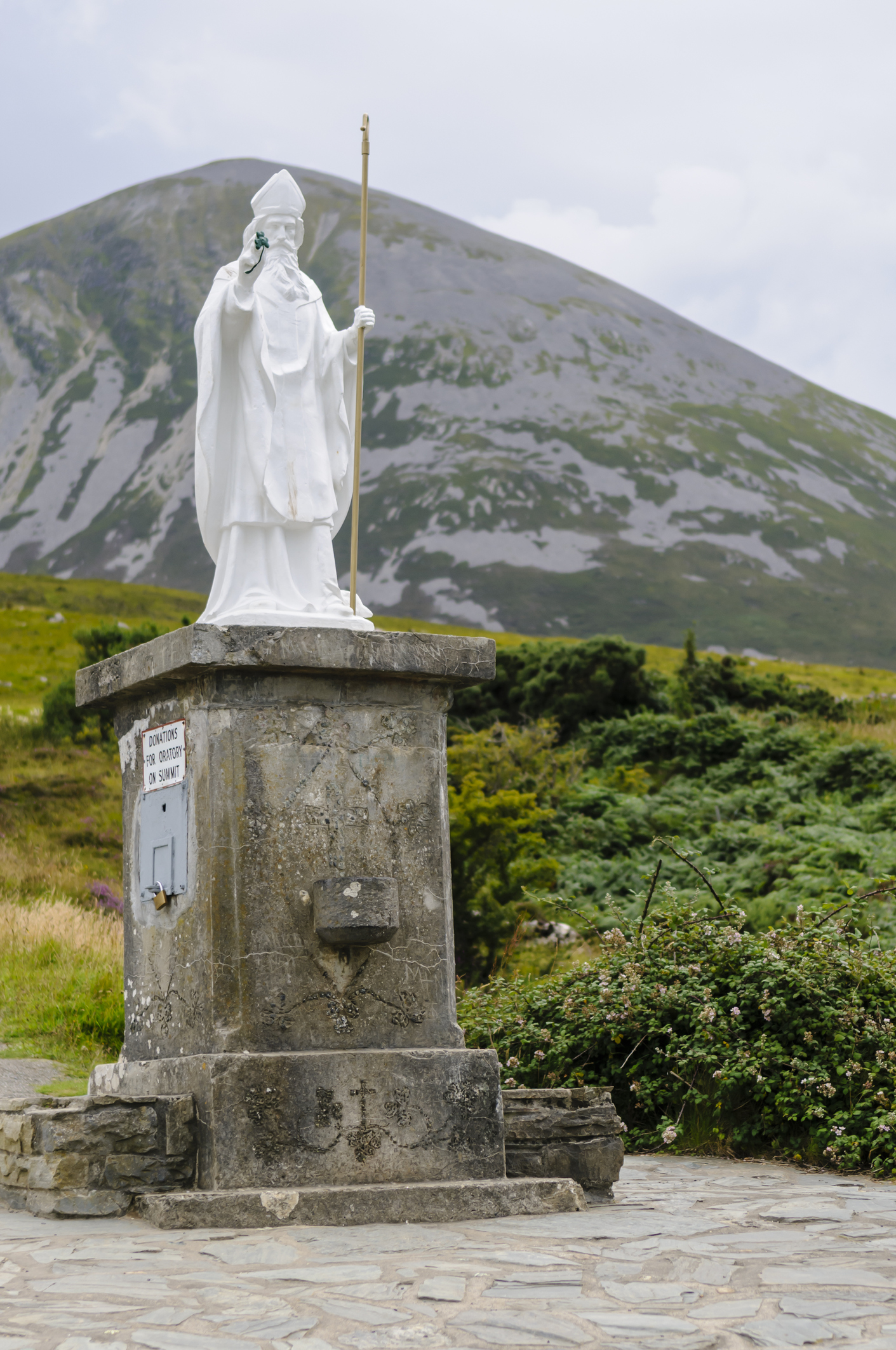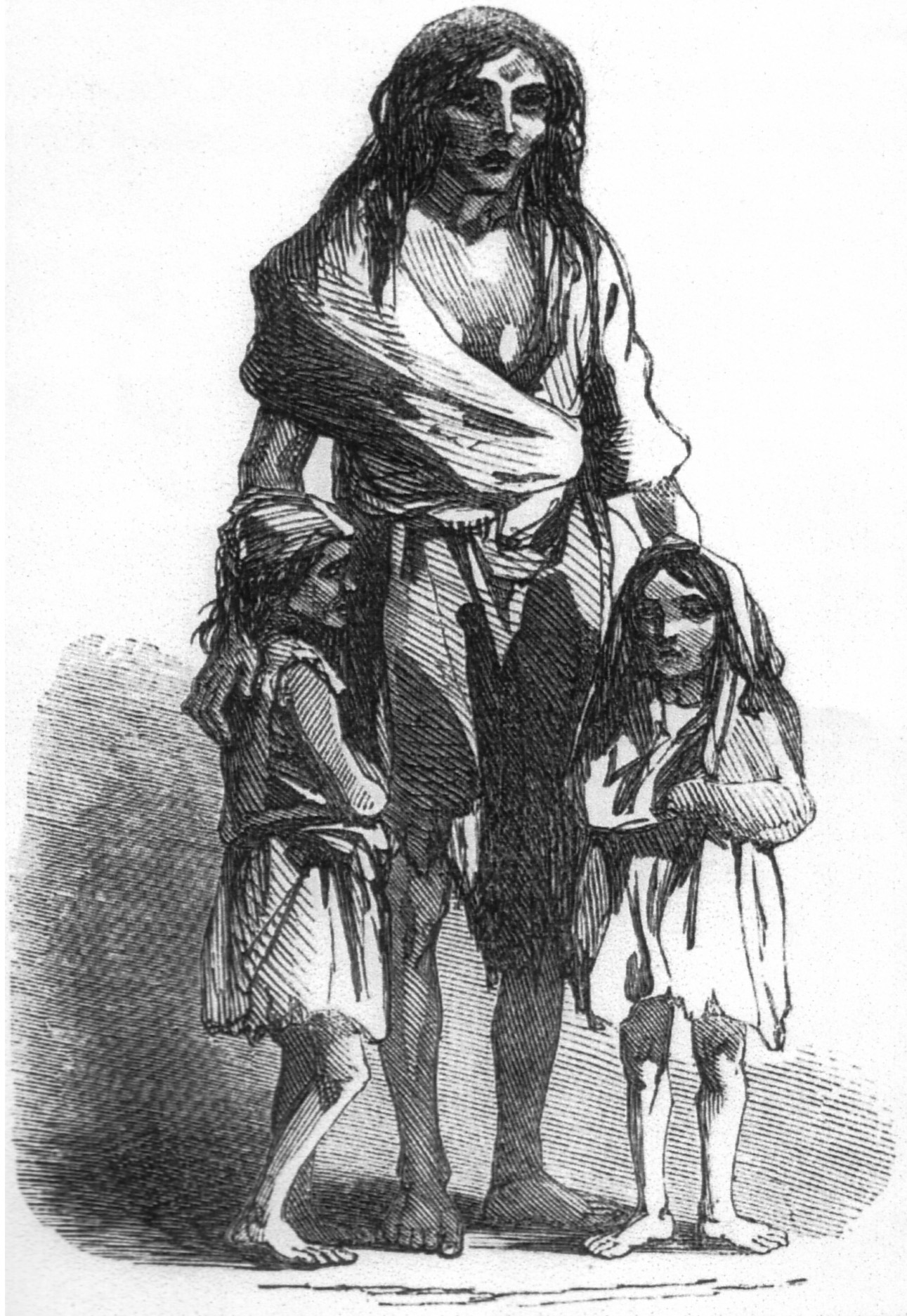Ireland has a rich and often violent history, from the legendary exploits of Gráinne O’Malley, County Mayo’s infamous pirate queen to St. Patrick’s pilgrimage to the top of the rugged holy mountain Croagh Patrick, and from the Viking raids to their ignominious defeat by high king Brian Boru at the Battle of Clontarf.
Some of us know some of that history, but few of us know it as deeply and as comprehensively as Sean Murphy, a native Dubliner who came to the United States in 2005. If you want to know more, then he’s all too willing to share.
Starting November 5 and continuing for three Thursdays afterward, Murphy is hosting three Zoom-based, hour and a half-long evening classes, one on the history of County Mayo; the other tracing the history of the Viking incursions into Ireland from 795 to 1014 A.D. The cost for each class is $80.
Murphy, of Cape Cod, Mass., has a varied academic background. His initial degree was in science, math and physics, followed by a degree in world politics and philosophy. At a later stage, he took a degree in accounting. He was also involved in local politics in Dublin as a member of the Dublin City Development Board, helping to draw together strategic plans for Dublin City from 2002 to 2012.
“When I came here, I was working as a math teacher. I was eventually able to use the math degree that I got when I was 20,” Murphy says. “It was sufficient to get me a license to be a teacher.”
Murphy is also a musician and a dancer, running a traditional Irish music session on the Cape for the last 12 years. He also teaches step dancing.
He got involved in teaching Irish history around 2015 in the runup to 2016, the hundredth anniversary of the Easter Rising.
Murphy is fascinated by Ireland’s history and his knowledge base is deep indeed.
He has taught a class on the history of Ireland, dating way back to the island’s geological history—from how Ireland was formed—right up to Brexit.
“Four hundred million years ago, the Ireland that we know today was not the same shape, but the two parts of what is now Ireland had managed to come together.” he says. “Then over the next 400 million years, sometimes it was beneath the sea, sometimes it was above the sea, sometimes it was a meadow, sometimes it was a desert. Physically, it in part moved from the southern hemisphere up to where we are now because the earth’s crust is constantly moving.”
He moves on from there to the arrival of people and then works his way up through the last five thousand years of Irish history.
It’s a truly deep dive.
Now, for his virtual classes, Murphy is focusing on the long history of County Mayo and the exploits of the Vikings.
For those interested in Mayo, Murphy begins with the Céide Fields, the oldest evidence of farming in Ireland, to the stories behind Mayo’s many pagan dolmens and tombs, to St. Patrick’s arrival on the scene, and well beyond.
“There are about 150 dolmens in Mayo,” he says, “so I’d be giving people a bit of introduction to that phenomenon. There’s a lot of history in the ground, literally, that has yet to be discovered and explored.
“As for St. Patrick, there are some people who say that as a slave he went to Mayo, that it wasn’t County Antrim he went to. So I’d be looking at that debate. Then I’ll be looking at the effects of the Vikings in Mayo, what has happened since the Norman invasion of 1169, and from there to the time of Henry the VIII, when all of the chieftains were essentially forced to yield to Britain and surrender their titles and their land. I’ll be doing a section on Gráinne O’Malley in some detail. I’ll be looking at the role people from Mayo played in the various rebellions. I’ll be looking at Michael Davitt and the significance of his land wars.”
From there, Murphy will pick up at An Gorta Mór, the Great Hunger, to the revolutionary period, the formation of the Irish Free State and the Irish Republic.
“The main reason I’m doing Mayo is there are so many people from Mayo, particularly in New England, but also around the country. A number of people said to me, ‘You’ve got to do Mayo next,’ so I said OK.”
Those interested in the Vikings will have plenty to ponder.
As most people know (or could guess), the Vikings brought a considerable amount of havoc to Ireland. They were routed by the High King in 845, and subsequently banished from Dublin. But the Vikings didn’t give up easily, and they came roaring back. The battle of Clontarf resulted in another rout of the invaders.
“For their own reasons, the Vikings wanted to destroy Christianity because Charlemagne, the leader of the Holy Roman Empire, Christianized Europe, ultimately by force on pain of execution,” says Murphy. Charlemagne didn’t fool around.
“So their hatred for Christianity was what we saw in Ireland,” Murphy explains. “When they came here, one of their targets was—apart from taking and robbing whatever wealth they could—taking apart and destroying every element of Christianity, until they themselves ended up being Christianized.”
Murphy has been teaching courses on Ireland’s history and writing articles about it for New England-area Irish newspapers and local publications for quite some time. With the arrival of the coronavirus pandemic, he decided to go virtual. The class has been publicized by Philadelphia’s Commodore John Barry Arts and Cultural Center (the Irish Center) as well as by Irish cultural centers and organizations in cities throughout the country. Each course will accommodate up to 100 people.
There are also two ongoing programs—the Chronological History of Ireland and the History of Each County—and they will continue back to back into the foreseeable future.
The Mayo course and the Viking course each will be presented November 6, 12 and 19, and December 3. Mayo goes first, from 6 to 7:30 p.m., followed by the Viking presentation, from 7:30 to 9 p.m.
To register, email Murphy at seanmurphy630@gmail.com.
You can find out more on the Commodore John Barry Arts and Cultural Center website here.


